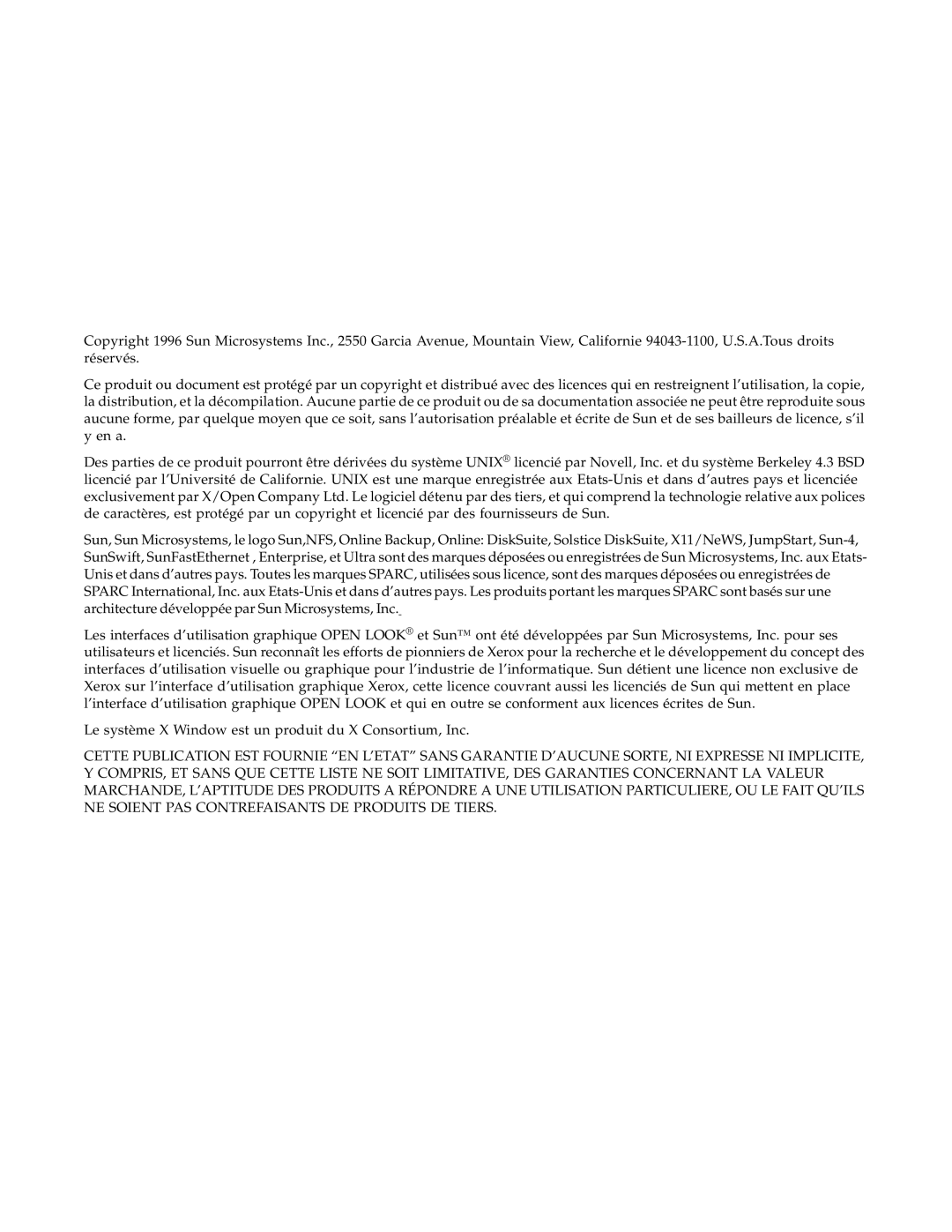none specifications
Sun Microsystems, established in 1982, became a pioneering force in the realms of computing and technology. Initially founded by four Stanford University graduates, the company was built on innovative ideas and a vision to create powerful computing solutions. One of the standout features of Sun Microsystems was its commitment to open systems and network computing. Sun's early adoption of Unix operating systems significantly influenced the development of reliable and scalable systems.One of the key technologies developed by Sun was the SPARC architecture. This scalable, high-performance RISC (Reduced Instruction Set Computer) architecture powered many of its servers and workstations, allowing for enhanced computing capabilities. SPARC systems were well-regarded for their performance efficiency and reliability, making them a popular choice for enterprise applications.
Sun also played a crucial role in software development. The introduction of the Java programming language in the mid-1990s revolutionized how developers approached cross-platform application development. With its tagline “Write Once, Run Anywhere,” Java enabled applications to run on various platforms without modification. This technology became foundational in web-based applications and enterprise solutions.
Another notable aspect of Sun Microsystems was its commitment to networking and storage solutions. The company developed robust server systems that catered to high-performance computing demands, supporting enterprises in managing vast amounts of data. Sun’s Network File System (NFS) allowed seamless file sharing across networks, which became a standard in many organizations.
The company was also a pioneer in providing various services and solutions for data centers, including virtualization and cloud computing approaches that preceded the wave of cloud services we see today. Their emphasis on innovative storage solutions and data management systems positioned them as industry leaders.
Though Sun Microsystems was acquired by Oracle Corporation in 2010, its technological legacy continues to shape the IT landscape. The contributions made by Sun in areas such as software development, hardware architecture, and open systems have left an indelible mark on the technology industry. The emphasis on openness and innovation laid the groundwork for many principles that guide modern computing, making Sun Microsystems an integral part of the history of technology.
